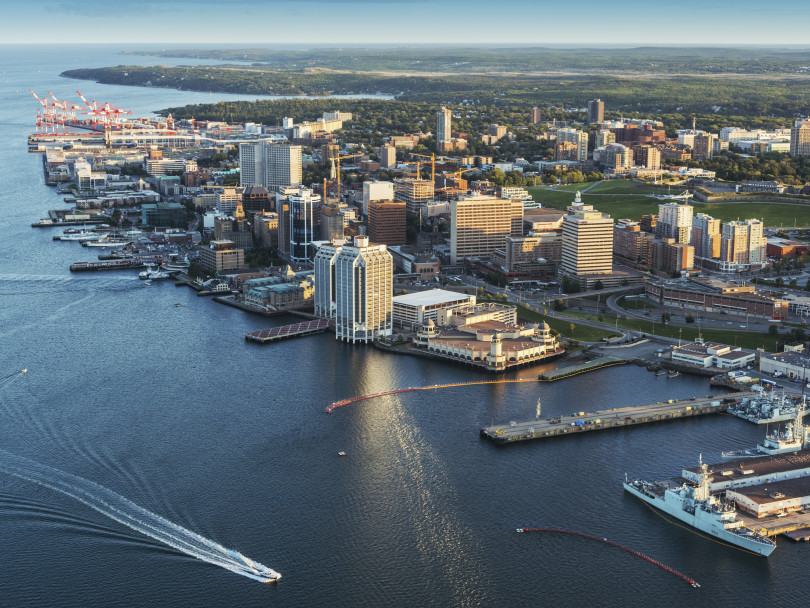Anyone with experience in artificial intelligence and information technology might want to take a look at Canada, where immigration policies provide clear pathways to permanent residence and entry into the world. labor market.
A study published in June by the Center for Security and Emerging Technology looked at how immigration policies help support the competitiveness of the AI sector in five countries: Canada, the United States, Australia, the United Kingdom United, and France.
The study shows that, compared to the four other countries with which Canada competes, its immigration system appears to be the most versatile, flexible, and particularly well suited to supporting efforts to attract highly skilled foreign workers and, in the end, to compete with AI talent.
Why is Canada a more viable option for new AI talent from around the world?
The study examines several key immigration policies that are significantly more advantageous than those of other countries and therefore place Canada in an excellent position to attract highly skilled workers and to build a reputation as a world leader in artificial intelligence in the years to come.
First, the US, Australia, UK, and France all have work visa duration limits ranging from three to six years and a cap on the number of renewals. In Canada, there is no limit to the length of stay for temporary foreign workers, as the length of work permits is determined by the worker’s employer.
Second, compared to the other four countries where processing times for work permits or temporary visas are typically several months, in Canada the process typically takes between two and eight weeks, depending on the country from which the worker is applying and. the worker’s position. wish to hold. In addition, Canada issues work permits throughout the year, unlike, for example, the United States, where those applying for an H1-B visa must wait for the annual lottery.
Third, of the five countries analyzed, Canada is the only one to allow foreign workers to hold a visa or work permit to immediately apply for permanent residence. In all other countries, the waiting time depends on the quotas and can vary between three and five years.
In addition, Canada offers a wide range of immigration routes for highly skilled workers. The latest count by CIC News revealed that there are now over 100 such options.
Different immigration policies for immigrants to settle in Canada on a temporary or permanent basis
The primary route to permanent residence in Canada is to apply through Express Entry, a management system used to process permanent residence applications from foreign workers. The process typically takes six to nine months and is based on a points system called a Comprehensive Ranking System (CRS).
The system ranks workers based on factors such as age, work experience, and education, among others. Applicants applying through Express Entry do not need a job offer to apply for permanent residence in Canada.
Canadian immigrant applicants can also apply for permanent residence under the Provincial Nominee Program (PNP), which allows provinces to appoint workers with the skills and qualifications specifically required in the province.
AI and tech experts considering their options in Canada might consider looking to provinces like Ontario or British Columbia, which have a focal point for the Canadian tech sector.
The Ontario Tech Pilot program is for workers who have experience in one of six technology occupations. British Columbia’s tech pilot invites immigrant applicants with a job offer in one of 29 tech occupations to apply for a provincial appointment.
In 2017, Canada also created an immigration program called Global Talent Stream that provides work visas to eligible international workers in as little as two weeks.
Canada is home to many of the world’s most advanced AI organizations and companies, operating across the country from Montreal to Vancouver. These companies continue to push the boundaries of what can be accomplished by a country in the field of artificial intelligence and help to secure Canada’s position as an industry leader.






